After some work, I came up with this:
public class ImageRotation {
public static void main(String[] args) throws IOException {
BufferedImage img = ImageIO.read(
ImageRotation.class
.getResourceAsStream("Capture.PNG"));
JPanel pane = new JPanel();
pane.setLayout(new BorderLayout());
pane.add(
new JLabel("Original", new ImageIcon(img), JLabel.CENTER),
BorderLayout.WEST);
pane.add(
new JLabel("Rotated", new ImageIcon(rotateClockwise(img)), JLabel.CENTER),
BorderLayout.EAST);
JFrame frame = new JFrame();
frame.setDefaultCloseOperation(JFrame.EXIT_ON_CLOSE);
frame.setContentPane(pane);
frame.setVisible(true);
frame.pack();
}
static BufferedImage rotateClockwise(BufferedImage img) {
int[] origPix = getIntBuff(img);
int newWidth = img.getHeight();
int newHeight = img.getWidth();
int[] buff = new int[newWidth * newHeight];
// formula for determining pixel mapping
// (sizeOf(old y) - 1) - old y -> new x
// old x -> new y
for (int x = 0; x < img.getWidth(); x++)
for (int y = 0; y < img.getHeight(); y++) {
int pix = origPix[x + (y * img.getWidth())];
int newX = img.getHeight() - 1 - y, newY = x;
buff[newX + (newWidth * newY)] = pix;
}
// we have now rotated the array clockwise, time to place the buffer in an image
int type = BufferedImage.TYPE_INT_ARGB;
BufferedImage ret = new BufferedImage(newWidth, newHeight, type);
WritableRaster wr = ret.getRaster();
wr.setDataElements(0, 0, newWidth, newHeight, buff);
return ret;
}
// variation of convertTo2DWithoutUsingGetRGB http://stackoverflow.com/a/9470843/4683264
private static int[] getIntBuff(BufferedImage image) {
final byte[] pixels = ((DataBufferByte) image.getRaster().getDataBuffer()).getData();
final int width = image.getWidth();
final int height = image.getHeight();
final boolean hasAlphaChannel = image.getAlphaRaster() != null;
int[] result = new int[height * width];
final int pixelLength = hasAlphaChannel ? 4 : 3;
for (int pixel = 0, resInd = 0; pixel < pixels.length; pixel += pixelLength) {
int argb = 0;
if (hasAlphaChannel)
argb += (((int) pixels[pixel] & 0xff) << 24); // alpha
else
argb += -16777216; // 255 alpha
argb += ((int) pixels[pixel + 1] & 0xff); // blue
argb += (((int) pixels[pixel + 2] & 0xff) << 8); // green
argb += (((int) pixels[pixel + 3] & 0xff) << 16); // red
result[resInd++] = argb;
}
return result;
}
}
Result:

Right now it only rotates the image clockwise, but once you find the pixel mappings from the old to new image for, say, counterclockwise, all you need to change is in the nested for loop in the rotateClockwise method to:
int newX = y, newY = img.getWidth() - 1 - x;
